Understanding the Importance of Sustainable Packaging
The shift towards eco-conscious consumerism has placed sustainable packaging at the forefront of the food industry. Businesses are increasingly seeking alternatives to plastic and styrofoam, turning to solutions that are both functional and environmentally responsible. Kraft takeaway boxes have emerged as a leading choice, offering a blend of practicality, aesthetic appeal, and a significantly reduced ecological footprint. Made from kraft paper, a material produced from wood pulp using the kraft process, these boxes are renowned for their durability and biodegradable nature. This section delves into the fundamental reasons why kraft packaging is not just a trend but a fundamental shift in how businesses approach food delivery and takeout, aligning brand values with the growing consumer demand for sustainability.
Top 5 Considerations for Your Takeaway Needs
Selecting the right packaging requires a careful evaluation of several key factors to ensure it meets your specific operational needs and customer expectations. It's not just about finding a container; it's about finding a solution that enhances the entire dining experience, even outside your establishment. The ideal kraft takeaway box should effectively address concerns related to food safety, temperature retention, leak prevention, ease of use, and overall presentation. A container that fails in any of these areas can lead to customer dissatisfaction, regardless of the quality of the food inside. We will explore the critical attributes that define a superior kraft takeaway box, providing a framework for you to make an informed decision that benefits your business, your customers, and the planet.
1. Material Strength and Durability
One of the primary considerations is the sturdiness of the box. A flimsy container can lead to spills and damaged food, creating a negative customer experience. Kraft paperboard is inherently strong due to its lengthy wood fibers and the specific pulping process it undergoes. However, thickness and construction vary.
- Basis Weight: Measured in grams per square meter (GSM), a higher GSM indicates a thicker, more rigid material. For takeaway boxes, a range of 250 to 400 GSM is common for main courses.
- Wet Strength: Natural kraft is porous. For greasy or moist foods, look for boxes with a food-safe coating or laminate that provides a barrier against oil and moisture, preventing the box from becoming soggy and failing.
- Construction: Well-designed boxes with secure locking mechanisms, such as auto-bottom locks or reinforced flaps, ensure the container stays closed during transit.
Compared to standard plastic containers, a well-constructed kraft box offers superior rigidity against crushing, protecting delicate items like pastries or salads. While some clear plastic clamshells might show more resistance to leaking liquids, they lack the rigidity and eco-friendly profile of kraft.
2. Insulation and Temperature Retention
Keeping food at the desired temperature is crucial for taste and safety. The insulating properties of kraft paperboard are often overlooked but are quite significant. The fibrous nature of the material creates tiny air pockets that act as a barrier, slowing down the transfer of heat. This means hot foods like fries, burgers, and grilled items will stay warmer for longer compared to a thin plastic container, which conducts heat more readily and can make food soggy from condensed steam. For cold foods, the same principle helps keep them cooler. For enhanced performance, some kraft boxes are designed with double walls or can be paired with separate insulating sleeves, providing a level of thermal retention that rivals and often exceeds that of single-use plastic alternatives.
Exploring Specialized Kraft Box Options
The versatility of kraft paper allows it to be manufactured into a wide array of specialized containers, each designed to cater to specific culinary applications. Understanding the different types available is key to selecting the perfect box for each menu item. This specialization enhances functionality, improves presentation, and can even reduce packaging costs by ensuring you are not using an overly large or robust container for a simple item.
compostable kraft pizza boxes
Traditional pizza boxes are often coated with chemicals that make them non-recyclable and certainly not compostable. Compostable kraft pizza boxes solve this problem. They are typically made from unbleached kraft board and use food-safe, compostable coatings to resist grease. The primary advantage is their end-of-life value; they can be placed in industrial composting facilities where they will break down into nutrient-rich compost, diverting waste from landfills. Unlike standard corrugated pizza boxes, which can be recycled only if uncontaminated by grease and cheese, compostable versions offer a truly circular solution. They are just as sturdy, providing excellent protection for the pizza during delivery, and their natural brown appearance projects an authentic, artisanal brand image.
kraft box with handle for food
Customer convenience is paramount. A kraft box with handle for food dramatically improves the portability of a meal, especially for larger orders or combination meals. The integrated handle, usually made from a sturdy cotton cord or a ribbon punched through reinforced holes in the box, allows for easy carrying without the need for an extra plastic bag. This feature is particularly popular for family-sized meals, bakery boxes containing delicate cakes, or gourmet meal kits. From a practical standpoint, it prevents customers from having to awkwardly cradle a box in their arms, reducing the risk of drops and spills. Environmentally, it eliminates the need for a separate carrying bag, further reducing waste. The presence of a handle also elevates the perceived value of the order, making it feel more like a premium, gift-like purchase.
custom printed kraft food containers
Packaging is a powerful mobile billboard for your brand. Custom printed kraft food containers offer an exceptional opportunity for marketing and brand reinforcement. Using eco-friendly, soy-based or water-based inks, you can print your logo, brand colors, social media handles, or a charming brand message directly onto the natural kraft surface. This transforms a generic container into a unique brand asset that customers interact with. Every delivery becomes a marketing opportunity as the branded box is carried through neighborhoods and into offices or homes. The rustic, natural background of kraft paper provides a perfect canvas for prints that convey values like freshness, authenticity, and environmental consciousness. While plain boxes are functional, custom-printed ones build brand identity and create a more memorable and professional unboxing experience for the customer.
Functional Advantages and User Experience
Beyond the environmental benefits, kraft takeaway boxes are engineered for superior functionality. The user experience for both the restaurant staff and the end-consumer is a critical factor in their widespread adoption. These boxes are designed to streamline the packaging process, ensure food integrity, and provide convenience during consumption.
Ease of Assembly and Stacking
For busy kitchens, efficiency is key. Most modern kraft takeaway boxes are designed for quick and easy assembly, often featuring auto-bottom locks that snap into place without the need for complex folding or taping. This saves valuable time during peak hours. Furthermore, their uniform, rectangular shapes allow for neat and stable stacking, both when empty in storage and when full and ready for pickup or delivery. This optimizes storage space and prevents accidents in the kitchen or during transport. In contrast, round plastic containers often do not stack as efficiently and can be more prone to tipping.
Microwave Safety and Reusability
A significant advantage of many kraft takeaway boxes is their microwave safety. Unlike certain plastics that can leach chemicals when heated or metal containers that are unsafe for microwaves, pure kraft paperboard (without metalized elements or certain plastic coatings) can generally be microwaved for short periods to reheat food. This adds a layer of convenience for the customer. Additionally, the sturdiness of these boxes encourages reuse. Customers often repurpose them for storage, crafts, or organizing small items, extending their lifecycle and further enhancing their eco-friendly credentials. This reusability is a value-add that plastic containers, often designed for single use, rarely offer.
eco-friendly kraft salad boxes
Salads present a unique packaging challenge: they require a container that can hold dressings separately, prevent sogginess, and showcase the vibrant, fresh ingredients. Eco-friendly kraft salad boxes are expertly designed for this purpose. They often feature a multi-compartment design, with a main section for the greens and vegetables and a separate, smaller, leak-proof container for the dressing. This dressing cup is typically made from a compostable PLA plastic (derived from corn starch) or is also made from kraft material with a special lining. The box itself is designed to be shallow and wide, making it easy to toss and eat the salad directly from the container. The natural breathability of kraft paper can also help prevent condensation from building up and wilting the greens, a common issue with fully sealed plastic containers. By choosing this option, restaurants can highlight their commitment to freshness and sustainability simultaneously.
biodegradable kraft burger boxes
Burgers require a package that provides structural support, contains mess, and allows for ventilation to prevent the burger from becoming steamed and soft. Biodegradable kraft burger boxes are the ideal solution. Their typical design features a wide, flat base with high walls and a secure clasp closure. The rigid kraft material prevents the box from being crushed, protecting the burger's presentation. Small vent holes are often incorporated into the design to allow excess heat and moisture to escape, ensuring the bun retains its texture. The natural, grease-resistant properties of treated kraft paper absorb excess oils, improving the eating experience. Compared to the classic cardboard burger box, which may be made from recycled materials that are not always biodegradable, these specific kraft boxes are guaranteed to break down naturally in the environment, leaving no harmful residues.
Making the Sustainable Choice for Your Business
Transitioning to kraft takeaway boxes is more than a procurement decision; it's a strategic brand move. It communicates to your customers that your business is modern, responsible, and attentive to their values. This alignment can foster stronger customer loyalty and even attract a new, environmentally conscious clientele. While the initial per-unit cost might be slightly higher than some plastic alternatives, the overall value proposition is significantly greater. The benefits include enhanced brand image, potential for positive marketing, reduced environmental impact, and improved customer satisfaction through functional, high-quality packaging. By carefully selecting the right type of kraft box for each menu item—from compostable kraft pizza boxes to biodegradable kraft burger boxes—you can build a comprehensive and sustainable packaging system that supports your business goals and contributes to a healthier planet.

 English
English Español
Español عربى
عربى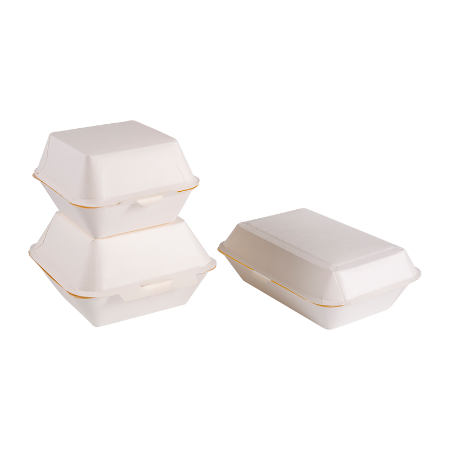
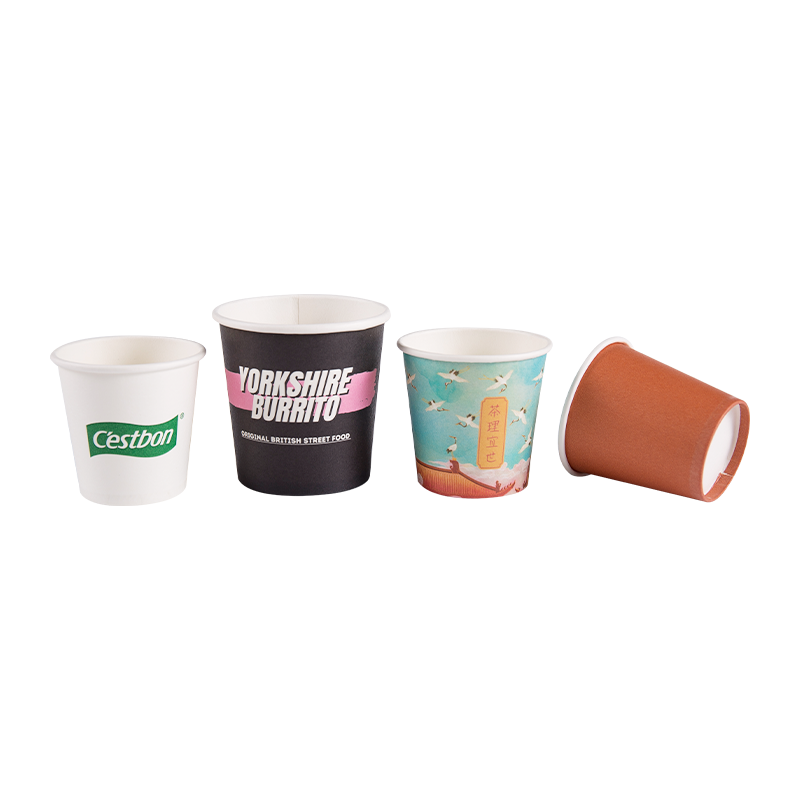
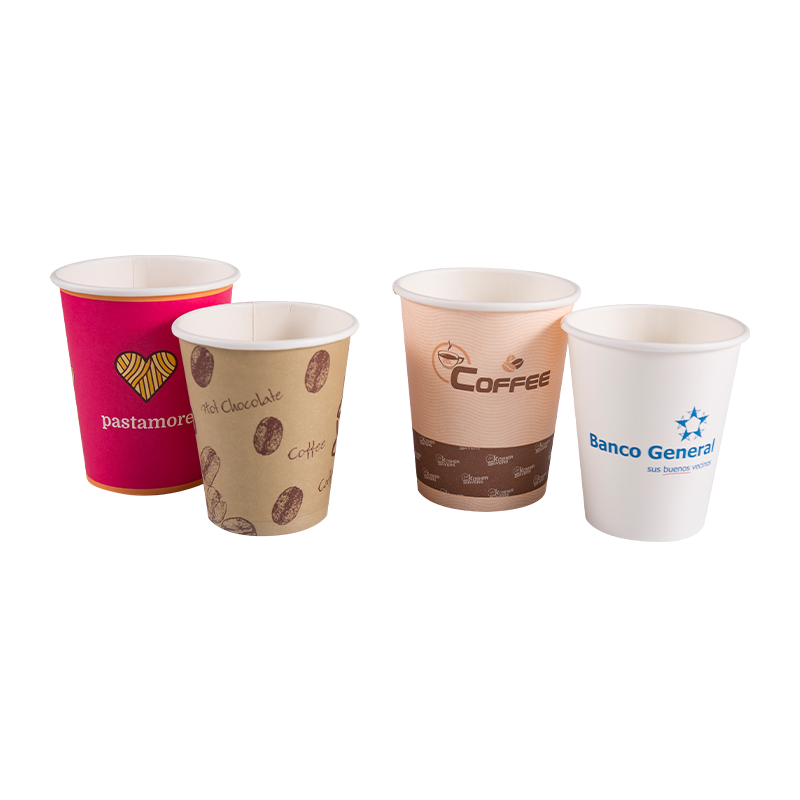
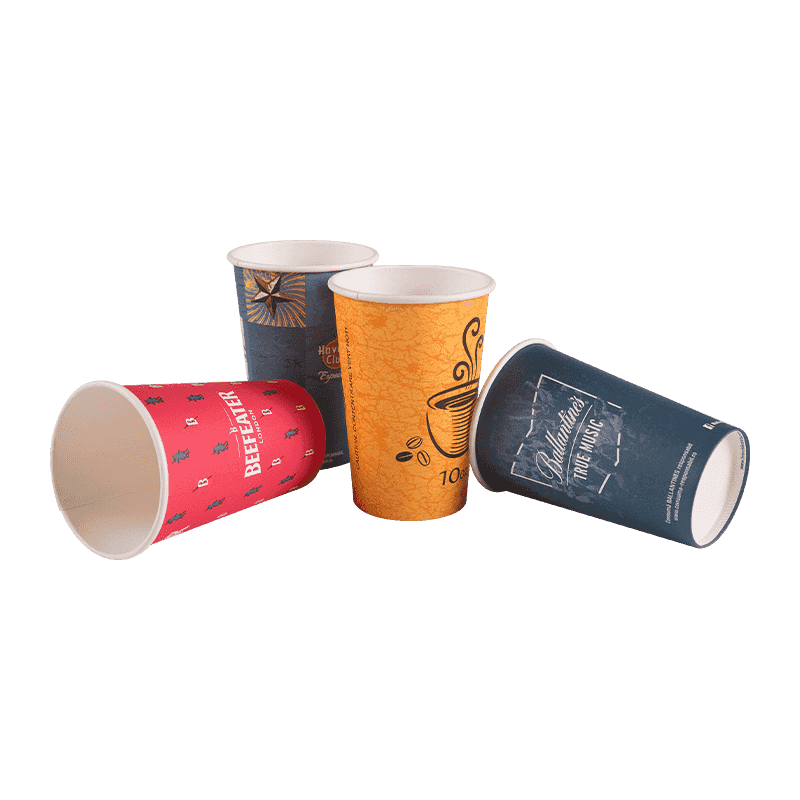
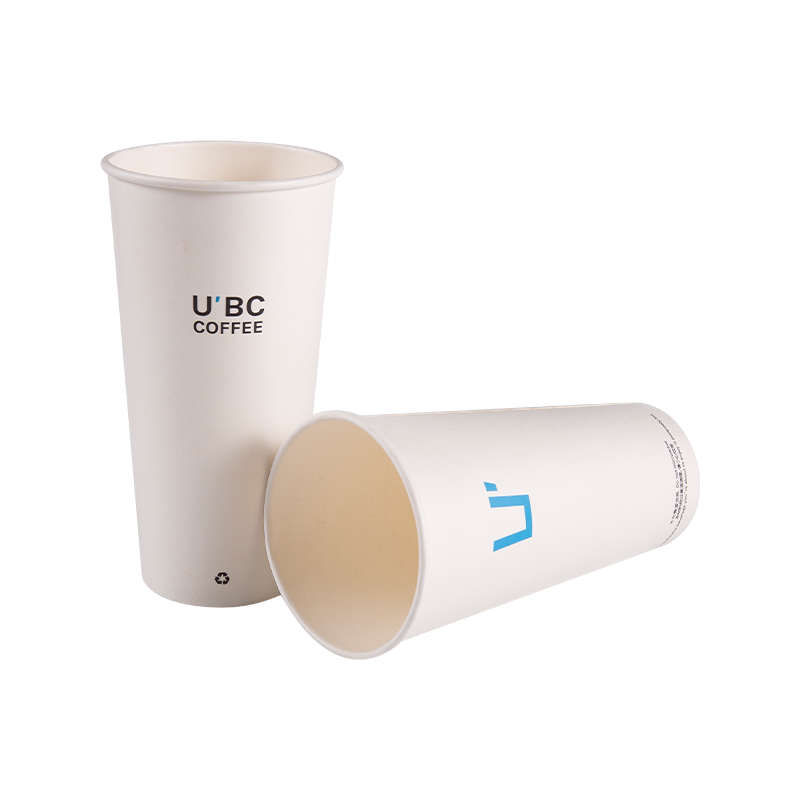
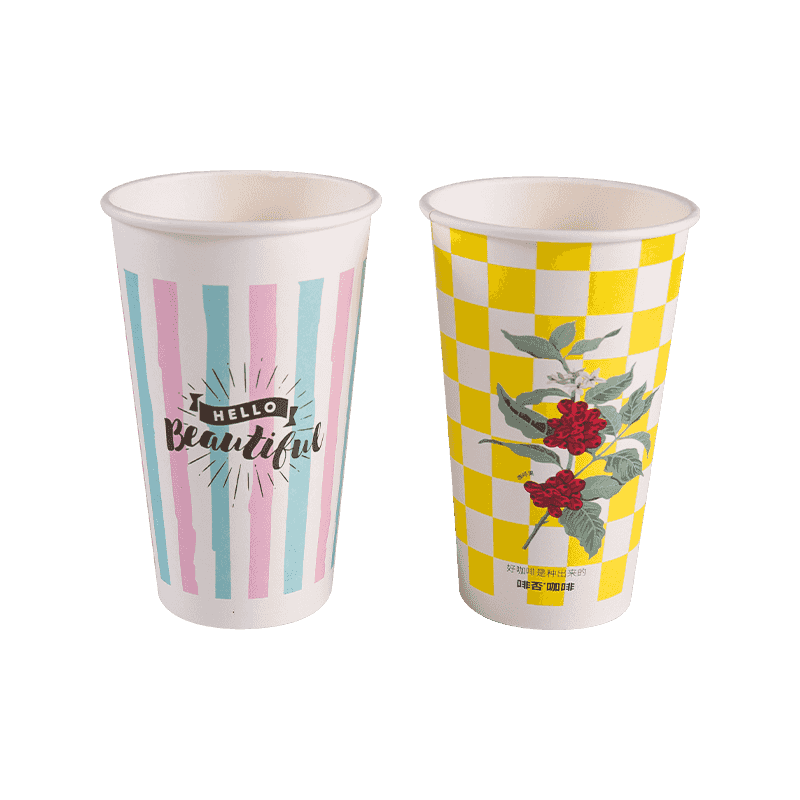
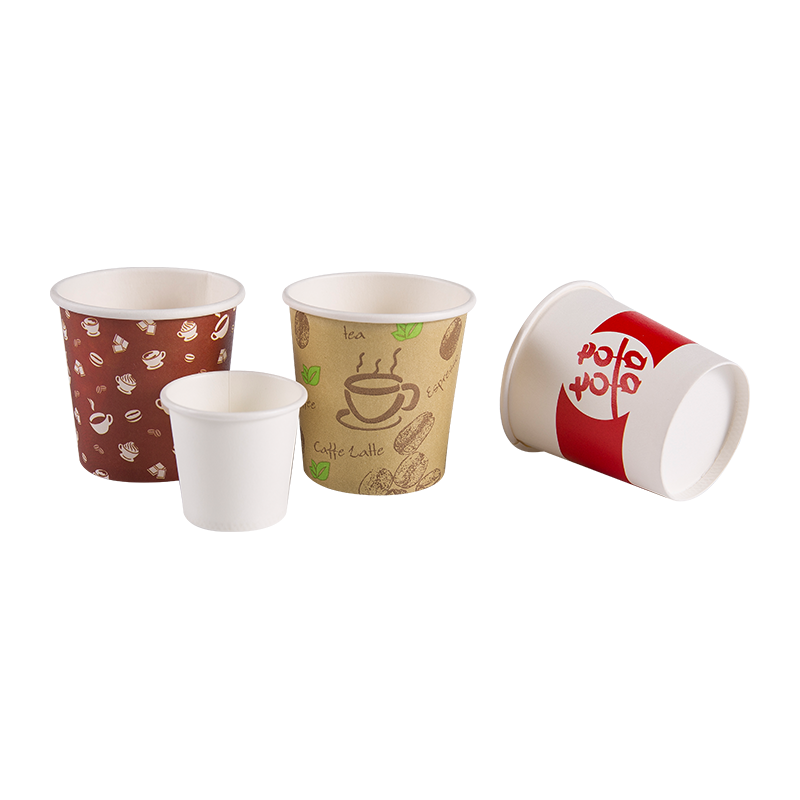
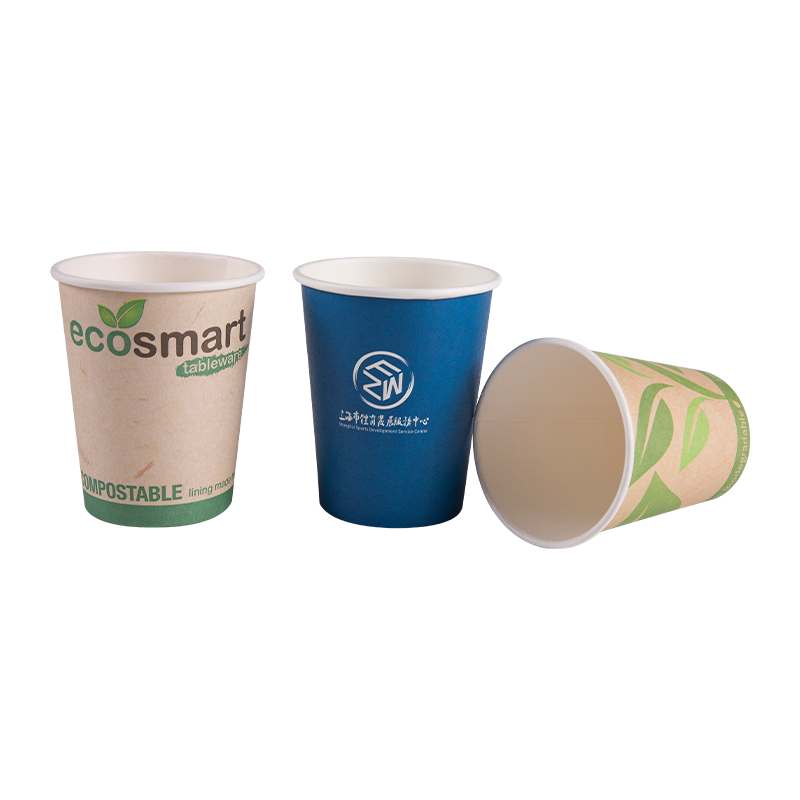
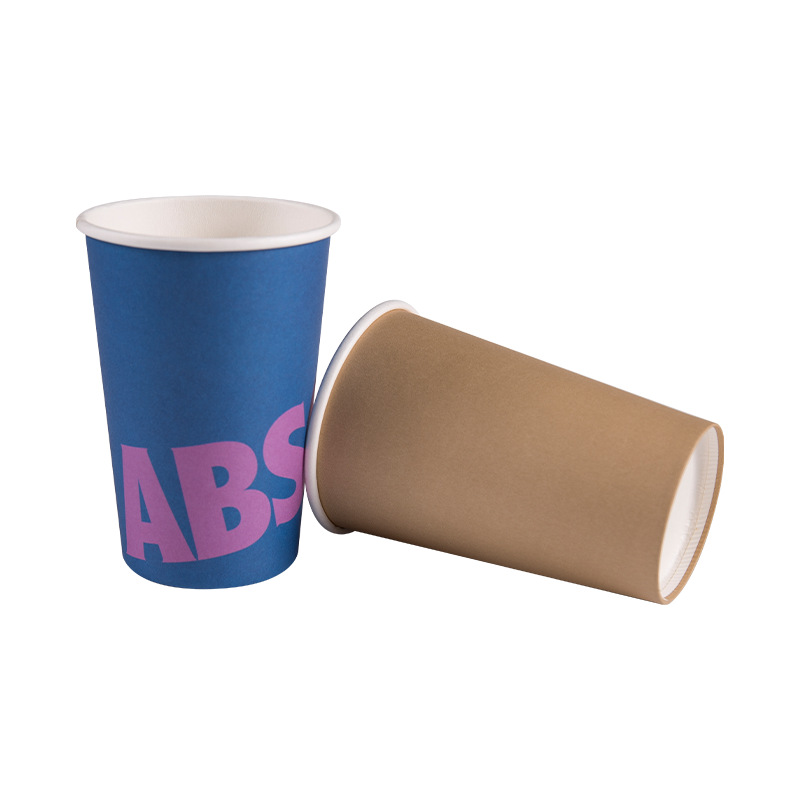
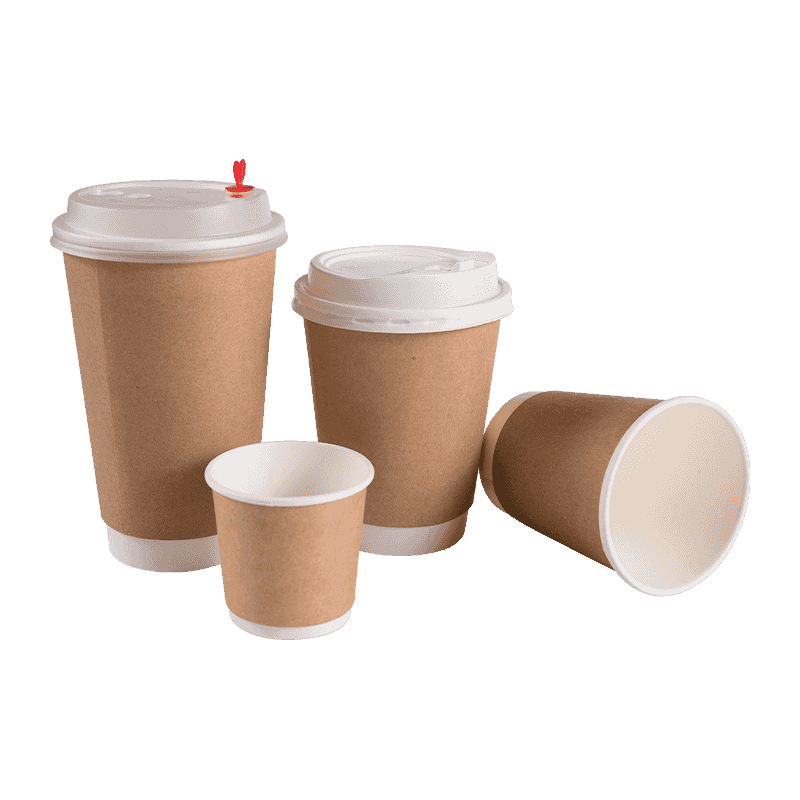
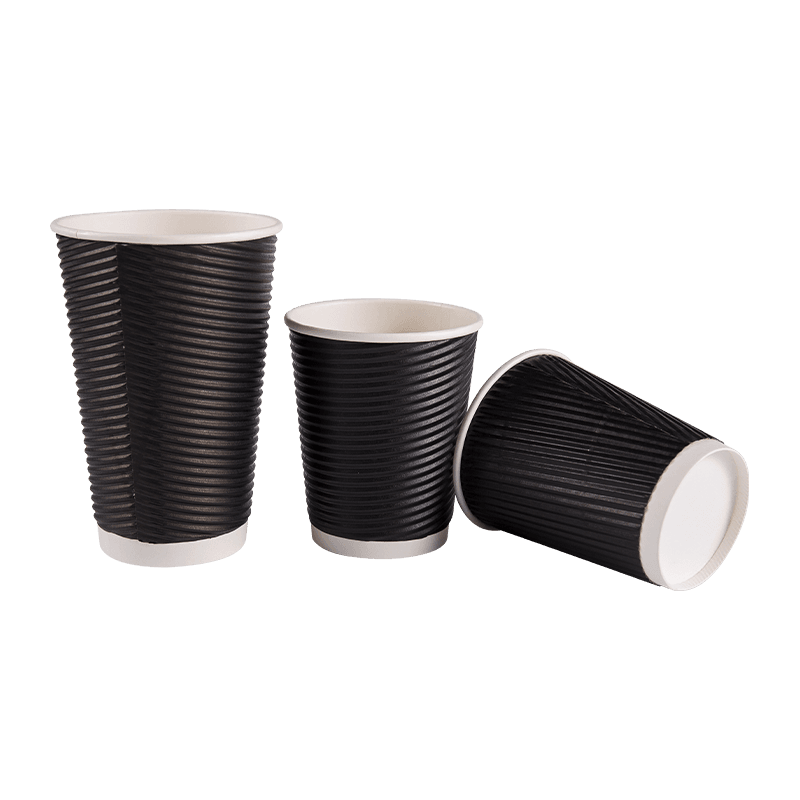
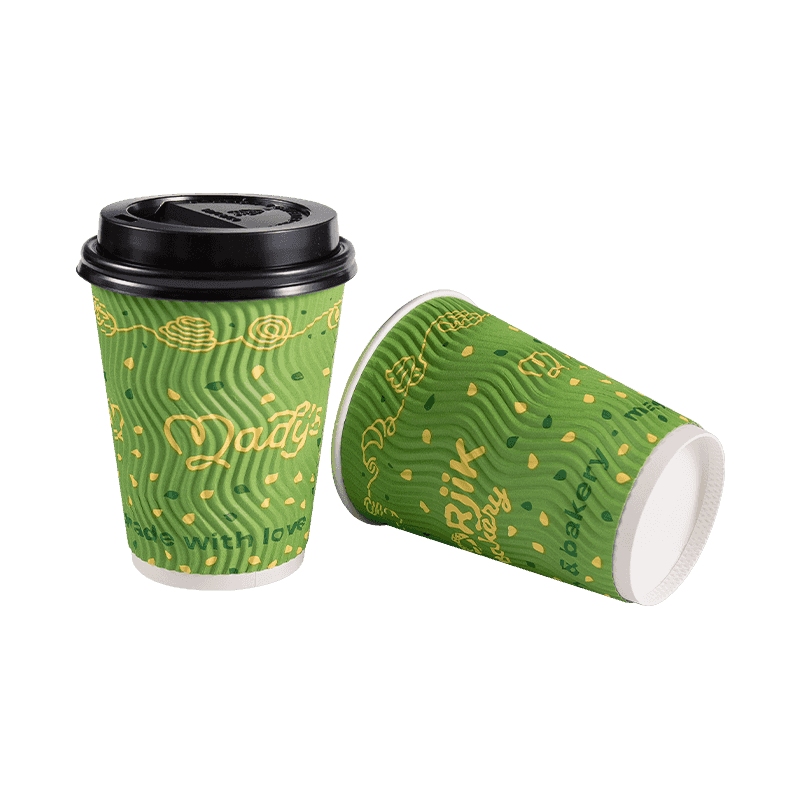
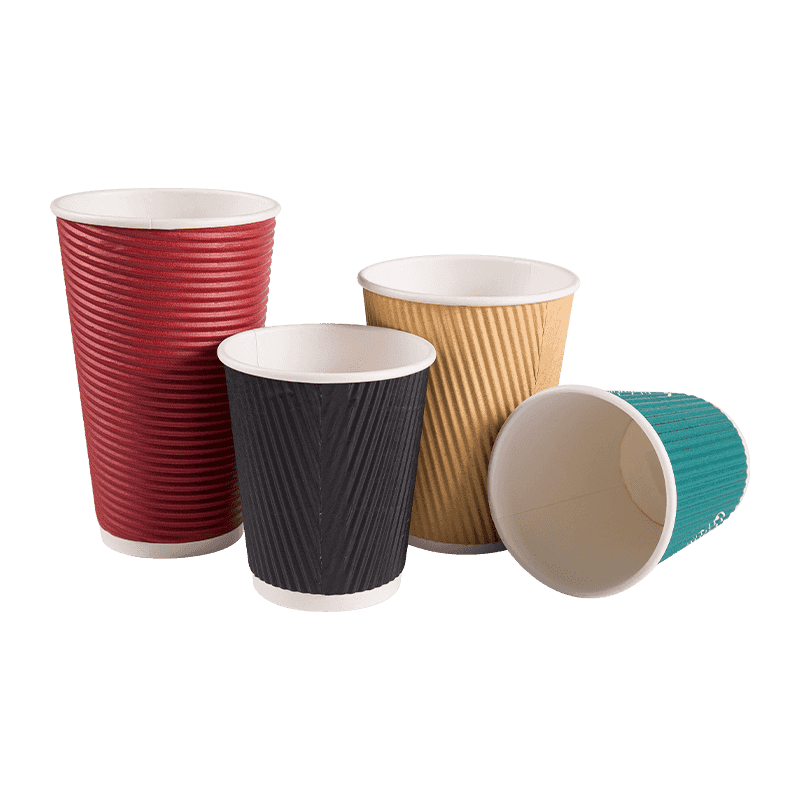

 +86-0563-8029081
+86-0563-8029081
 +86-0563-8029081
+86-0563-8029081 No. 12 Sanxi Road, Xinqiao Development Zone, Jingde Country, Xuancheng City, Anhui Province.
No. 12 Sanxi Road, Xinqiao Development Zone, Jingde Country, Xuancheng City, Anhui Province.